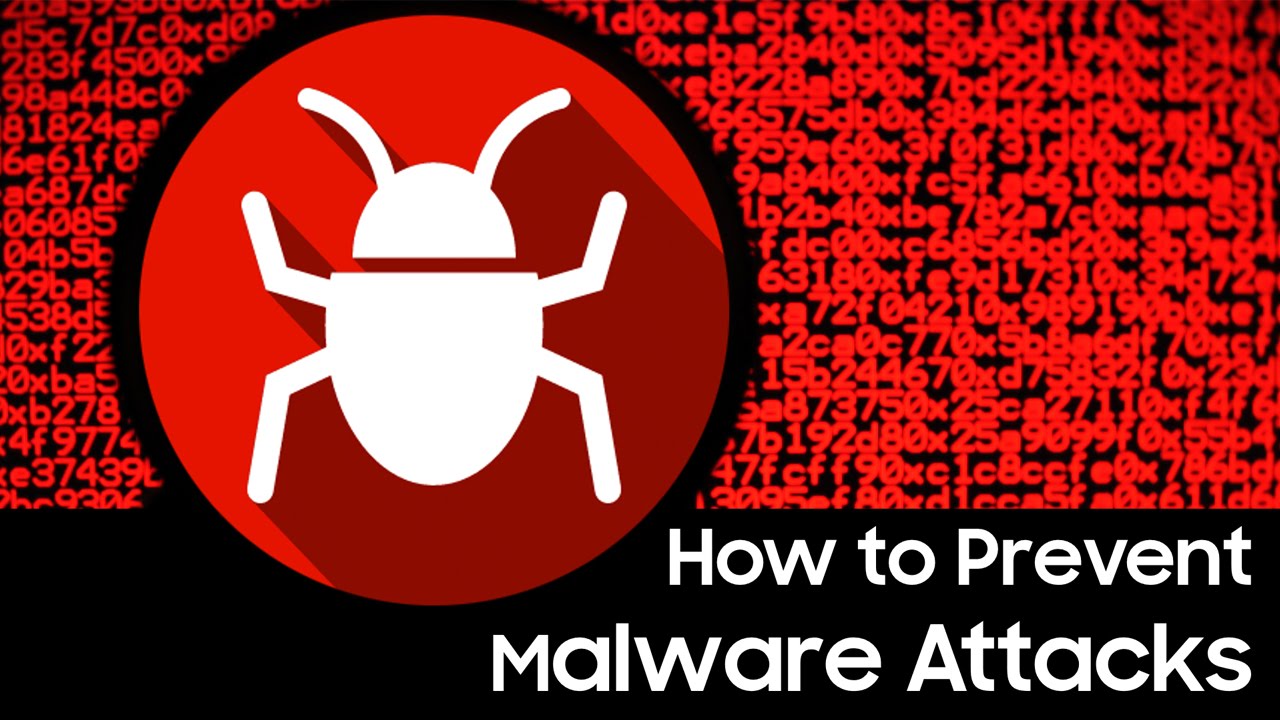
Tips for Malware Prevention During the Pandemic
The common conception of the average Internet user when they face a system software malfunction is that their device “has a virus”. While this might be true in a number of cases, viruses are just one out of a number of potentially unwanted programs (PUP) that could cause damage to digital devices. These programs, including viruses are referred to as Malware.
Basic Information on Malware
Malware, a short form of malicious software is any program deliberately engineered to infiltrate a device without the owner’s consent in order to damage data, seize control of data, the device or permanently damage the device itself. These programs however vary in sophistication and severity. Outlined below are a couple of them:
- viruses: modifies the files on the victim’s system and makes them unusable;
- worms: self-replicates thereby consuming bandwidth;
- Trojans: misleads users from its actual intent by disguising as a computer function.
- Ransomware: seize control of a computer or network till a ransom is paid.
- Spyware: commonly used to spy on the activities of the host computer.
The effects of COVID-19 on the General Cyberspace
The COVID-19 pandemic which took the world by storm has a major role to play in the 36% increase in the number of malware attacks on individuals and businesses. Asides the sophisticated technology used to develop these malware, this increase was possible because of the weak or non-existent security infrastructure employed by remote workers and the average Internet user.
For the average person, click-baits disguised as information regarding COVID-19 was used to spread malware to people. In Canada and India especially, cybercriminals created clones of the official COVID-19 tracer application to be released to the citizens by their respective governments. These cloned apps contained malware which took root in users’ devices as soon as they were installed. Luckily, these threats were discovered early and soon neutralized.
Protection Techniques
To properly safeguard personal and organization networks from malware attacks, the following precautionary methods could be taken:
- Use Antimalware Software: Antimalware software, just like antivirus, antispyware, etc. helps prevent corrupt files from making its way into the system. Asides this, any software used can also scan, detect, and quarantine or permanently delete any malicious content already existing on the device. It is advisable to buy paid and trusted software in order to get the best services.
- Use a VPN: For organizations that have remote workers and would require them to connect to the organization network, it is advisable to get them to connect through a VPN server after setting it up on the organization’s network. This way, the connection is secure and encrypted so unscrupulous elements do not just gain access and implant malware onto the network.
- Inculcate Good Internet Practices: It is often advised online and even in employee training that suspicious links should not be clicked, applications and documents from untrusted sources shouldn’t be downloaded and strong passwords should be used for personal and official accounts. These are some of the best practices which when imbibed, would prevent malware attacks to a large extent.
